Computational insights into a fundamental organic synthesis reaction may lead to the ability to design a catalyst for any desired reaction.
Toward a method to design any needed catalyst?
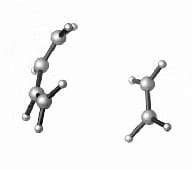

Computational insights into a fundamental organic synthesis reaction may lead to the ability to design a catalyst for any desired reaction.
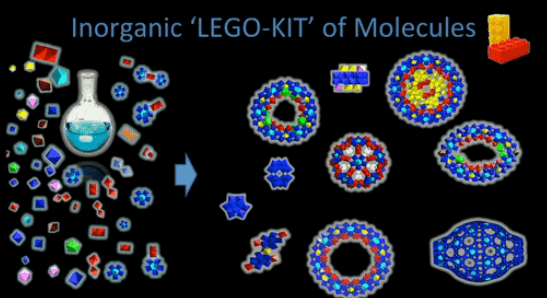
Researchers have configured a 3D printer as an inexpensive, automated discovery platform for synthetic chemistry. A road to more complex molecular building blocks for nanotechnology?
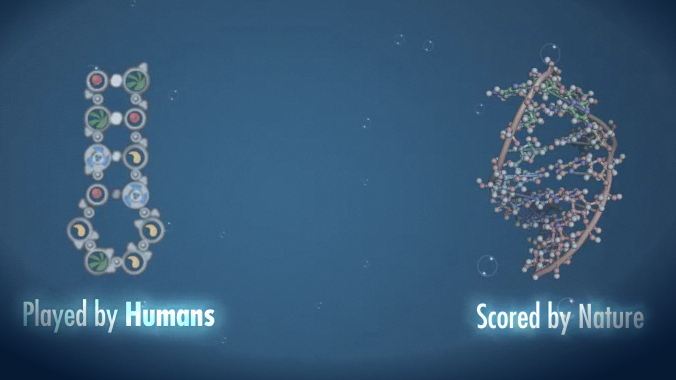
A new online game allows players to design RNA molecules. The most promising designs are synthesized, and the players given real-world feedback on how well their designs worked.

The demonstration that the process of DNA replication is more flexible than thought should make it easier to incorporate unusual amino acids into designed proteins, which might make it easier to design novel protein machines.
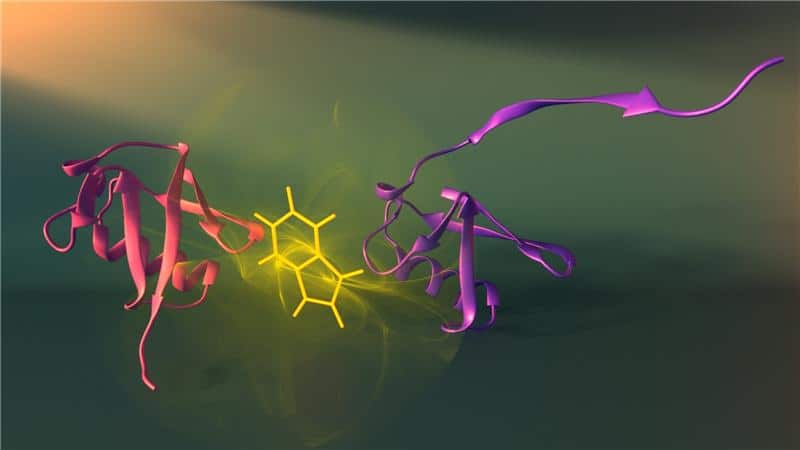
Tryptophan residues introduced at various positions in a protein chain identify folding intermediates that are too short-lived to be structurally characterized otherwise.
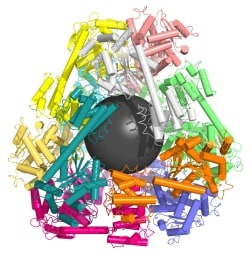
A variety of protein cage structures have been constructed by designing specific protein domains to self-assemble as atomically precise protein building blocks in defined geometries.
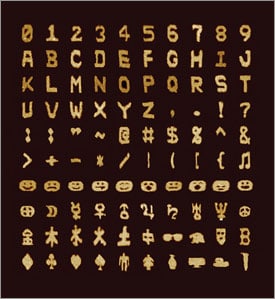
A set of 310 short single-stranded DNA tiles, plus a few additional short sequences for the edges, has been used to form more than a hundred large, complex DNA objects.
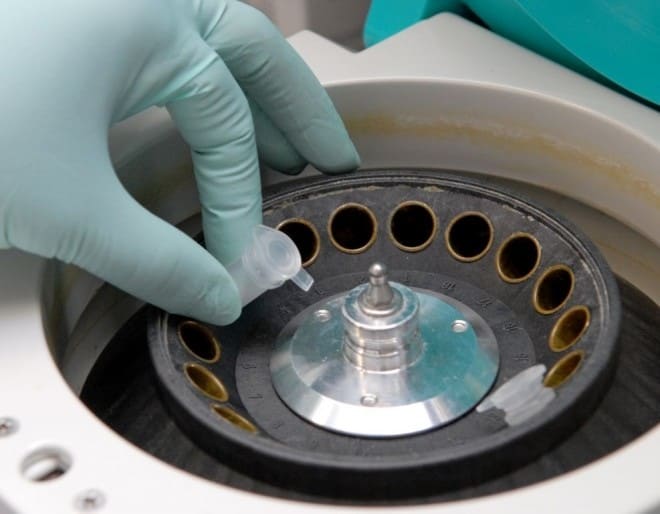
Darpa has launched a “Living Foundries” program to bring an engineering perspective to synthetic biology to greatly accelerate progress through standardization and modularization.

Recent interview touches on new Foresight programs and issues in nanotechnology development
A set of rationally engineered transcriptional regulators for yeast will make it easier to build complex molecular machine systems in yeast, some of which may become useful additions to pathway technologies for atomically precise manufacturing and productive nanosystems.